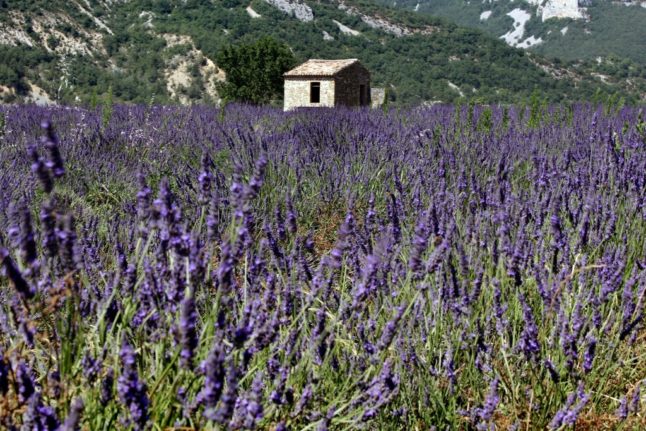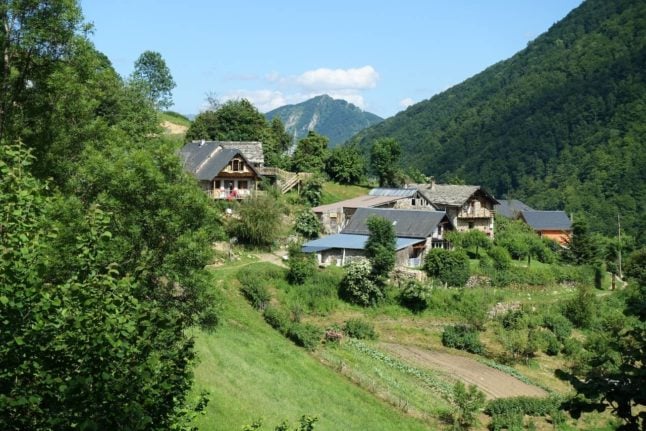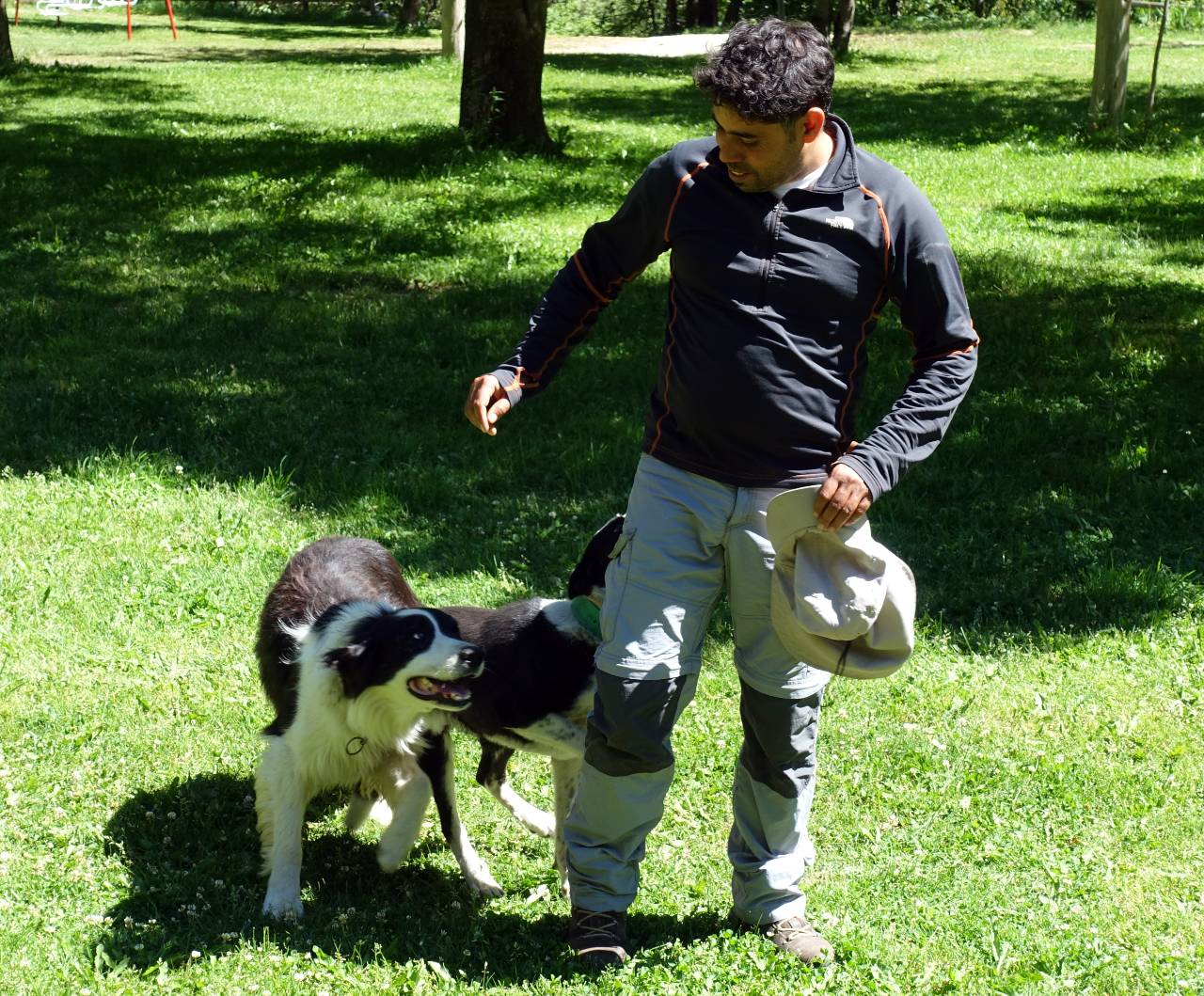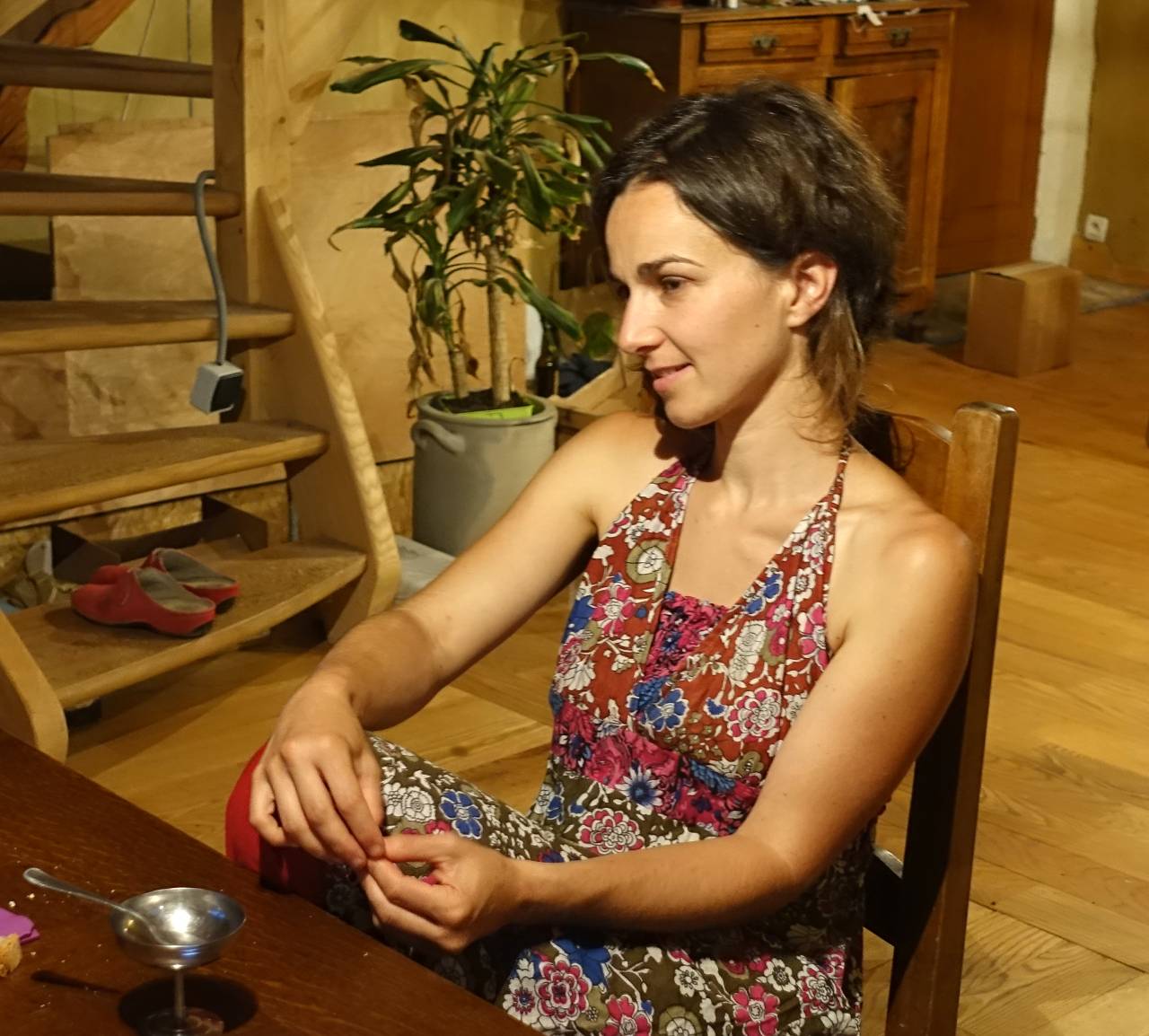Summer is the perfect time to pack a bag and explore France’s beautiful countryside.
And what better way to do it than by paring down your belongings, hitting the road and heading to one of the country’s excellent campsites?
READ MORE: Wild camping to nudity: 7 little-known rules about France’s great outdoors
Here’s a list of ten of the best from our friends at Best French Campsites website:
Le Ranolien, Brittany
First up, on the north coast of Brittany in northwestern France you’ll find the excellent Le Ranolien campsite near Perros Guirec, a seaside resort famed for its pink granite rock formations.
The campsite itself has a lovely pool complex, onsite shop and restaurant, play areas and a spa. As well as great entertainment and activities.
Along the coastal path — once used by smugglers — you’ll find a building which was being used as a HQ by the German army during WWII. On it, you’ll see the the strafing marks left by a spitfire during World War II.
Walking in either direction from the Le Ranolien campsite, you’ll come across a variety of stunning beaches, ranging from small coves to wide white stretches of sand.
Sunêlia L’Escale Saint-Gilles, Brittany
Further south in the town of Bénodet, the large Sunêlia L’Escale Saint-Gilles is about half an hour’s drive from the fishing port of Guilvinec where, at around 4pm, you’ll see the small fishing boats racing each other to the port to land their catches at the fish market.
This is a great spectacle and you can go and buy the fish and seafood at the market as well!
Oh, and the campsite also has an excellent water complex.
La Baie, Brittany
La Baie campsite in Trinité-sur-Mer, a small town adjacent to Carnac in Brittany, is beautifully maintained.
Known as an archaeologist’s playground, Carnac is home to one of the most extensive Neolithic standing stone collections in the world. A great way to see them is to take a trip in the “Pétit Train” for tourists.
READ ALSO Brittany v Vendée – which area has the most beautiful coastline?
La Garangeoire, the Vendée
La Garangeoire in the Vendée in west central France has everything you could need. It is a spacious site and has football pitches, playgrounds, canoes and ponies. This is could be one of our favourite campsites.
The owners of the site are very welcoming and they lay on a range of activities to suit everyone.
From here, you can travel for about an hour on good roads to the famed Puy du Fou historic “theme park” and this really is a must-visit stop.
Different from other theme parks, every year Puy du Fou has different spectacles on the various themes of French history with a huge cast of actors and animals.
In the past, these have included Roman gladiator races in a full size Roman amphitheatre complete with birds of prey swooping in great numbers over our heads! A fantastic day out.
Panorama du Pyla, Nouvelle-Aquitaine
The Panorama du Pyla campsite is the perfect place to take in the beautiful area of Arcachon, with its stunning views across the Arcachon Basin.
The campsite is also right next to Europe’s largest sand dune at 105 metres high and 2,700 metres long.
Enjoy access to the beach via forest paths and then a meal at the bar-restaurant where you can sit on the terrace and watch the sun setting over the Atlantic.
The area was affected by a forest fire in 2022, but according to their site they will be open in 2024 with ‘brand new’ cottages.
Les Péneyrals, Dordogne
Les Péneyrals campsite in the Dordogne has a large pool complex with four pools and waterslides, and provides excellent evening entertainment, including live bands.
From the campsite it is only 10km to the famous Lascaux prehistoric cave with its paintings of large animals such as bison and horses.
The original Lascaux cave was closed to the public in 1968 to preserve it but a brilliant replica has been built 200 metres away. Everything has been reproduced as accurately as possible, including the temperature which is kept at 13C.
Lavender farm, Provence
For a really relaxing “get away from it all” holiday, why not visit a Provencal lavender farm? France Passion lists over 10,000 stopover sites where you can stay for free all over France, assuming you have a self contained motorhome.
The idea is that you then buy the wonderful produce from the farms, such as wine, lavender or honey. What’s not to like?
Eurocamp Active, The Alps
Have you ever considered skiing during summer? Eurocamp Active have selected campsites near Alpine resorts which are great for summer skiing or other activities.
From the Le Belledonne campsite, it is only 16 miles to Les Deux Alpes where you can ski for five hours in the mornings, leaving the afternoon free for other sports, such as mountain biking.
Chateau de Marais, Loire Valley
There are numerous campsites in the Loire Valley and the area is popular for its many villages and off road cycle tracks and of course chateaux and vineyards to visit.
The spacious Chateau de Marais campsite, close to the famous Chateau de Chambord. But our hidden gem here is the Chateau de Chenonceau.
This chateau is said to be the inspiration for Marlinspike Hall in the Tintin stories by Hergé and you’ll find a permanent interactive exhibition introducing you to the world of Tintin.
Huttopia Versailles, Paris region
And finally to the lovely Huttopia Versailles campsite, where you can stay in a wooden chalet, tents or caravans.
There’s also a small pool and a bar restaurant which has a lovely choice of board games and books to keep the whole family entertained.
Situated on the edge of the Versailles forest, with its forest walks and excellent park, you can also visit the Chateau de Versailles or take a short walk to the train station and head in to Paris!
And if you’re into horses, then our hidden gem might just be the thing for you. The Equestrian Academy right across from the Chateau is where the king’s horses used to be kept. Now, you can pay for a visit and watch the highly trained horses in action.
* Jennifer Wilson is one of the writers at the Best French Campsites website which you can follow on Facebook here. This article was originally published in 2017, and it was updated in April 2024.





 Please whitelist us to continue reading.
Please whitelist us to continue reading.